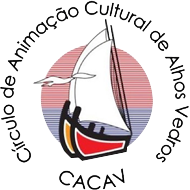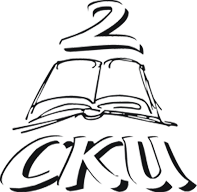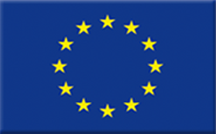Tanz die Toleranz (TdT) / Caritas Wien
Name of the N-arts activity: Youth Dance
To discover contemporary dance as a medium to communicate with others and to develop a meaningful relationship with their bodies through the experience of movement, both as a learning process and as a tool for self-expression.
General Data
Characteristics
- From February 13 to June 13 & September 18 to December 11, 2019
- Frequency / Periodicity: 1 Rehearsal per week (2 hours)
- Art form: Dance
- Kind of activity (part of curriculum, extracurricular, informal setting): informal activity
- Participants
- Number of participants: 95
- Age (from 13 to 25 years)
- Gender: 34 male, 61 female
- Social background (if applicable): mixed, 32 with immigration background
In the project Youth Dance of Tanz die Toleranz in 2019, and reached a live audience of almost 1750: In the summer semester, 60 participants rehearsed every Wednesday from 17:00 until 19:00, from February 27 until June 13, 2019 under professional artistic guidance. The participants performed the choreography “No Lost Love” in five different places in Vienna: Akademie theater (3rd district), StraßenKunstFest (16th district), Brunnenpassage (16th district), Ankersaal (10th district) and at the Caritas Action Day (7th district). These performances reached a live audience of almost 1000. In the winter semester, 35 young people participated from September 18 until December 11, 2019, every Wednesday from 17:00 until 19:00, and learned a choreography under professional artistic guidance. It culminated in the performance “Heavy Heads and new Ways”, presented at Brunnenpassage in Vienna on December 9 and 11, 2019. The performances reached a live audience of over 750.
Framework
Description of the activity
The participatory choreographic process to create a piece.
Rehearsals/training once a week for four months, each session lasting 2 hours
Additional training for small groups or solo (repeated twice in one year).
Youth Dance is an intercultural participatory dance project serving a highly binding format for young people aged between 13 and 25. Its aim is to involve youngsters, who are native of Austria alongside same-aged peers with a migration background, who may have varied religious backgrounds or are asylum seekers. This diversity gives young people the chance to meet others and build new relationships across socio-cultural boundaries.
Performances in front of an audience at the end of each cycle.
Rehearsals and performances took place at “ArtSocialSpace Brunnenpassage”
Intentions, goals, aims
- In this project, young adults discover contemporary dance as a medium to communicate with others and develop a meaningful relationship with their bodies through the experience of movement, both as a learning process and as a tool for self-expression.
- The training of dance skills to empower the learner to perform in front of an audience and improve self-confidence, which is important in adult education
- To empower the young adult learner to feel confident in their body by developing strength, stamina, memory, coordination space awareness, body awareness and contact with other participants. They are able to trust their body and use it as a tool for learning.
- To establish a transcultural community of young people who work together as a team towards a common goal, i.e. the performance.
- To include diversity within this age group, cultural and social background, skill levels, and abilities
- To improve creativity: through improvisational tasks, participants have to find a way to develop their ideas and discuss in order to achieve a common “solution”.
- To be supportive of each other and build on social skills of the participants using artistic practice as a method to achieve this target.
- To encourage a positive learning experience, which can be replicated later on in other contexts.
Planning/preparation
- Participation: Youth Dance is an open format. If application per semester do not exceed 60 participants there is no need for a selection process
- Coordination: the framework and conditions of implementation are carefully planned and involve preparing training / rehearsals once a week; accompanying participants with practical information; booking and organizing space for the rehearsals, performances etc.
- Communication and outreach: Informing the public about the start and content of the courses as well as about performances through newsletter, social media, printed flyers. A particular attention is given to reach target groups, which normally do not have access to cultural activities.
Learning / Training Method
Through the structure of a dance class the young adult participants become familiar with the structure and experience of training the body, which involves specific learning processes and skills: warming up, strengthening physical condition, developing coordination, practicing, remembering and rehearsing choreography, improvising and cooling down.
The method can be broken down in different phases: the first phase is primarily frontal teaching. The teacher/choreographer shows, the participants imitate (mirroring). During this phase, movement sequences will become internalized and “owned” by the dancers. This is a particular aspect of working with dance: a continuous evolving phenomenon of deep learning using the body and memory combined. During a second phase, improvisation contributes to the artistic/creative learning process, which will be enacted in the frame of the performance.
The interaction of the group contains elements of following each other, touching, giving and taking weight.
In the training sessions the choreography is developed as a process of including all learners regardless of their skills and abilities.
Outcomes
The learning result was presented at a performance together with 3 other groups on two evenings and in different locations in front of an audience of about 800 people.
Through the training process the following outcomes were achieved:
- a community was established
- the quality of movement of the learners improved
- body awareness of the learners improved
- trust was established in own bodies, and in others
- a choreography involving all learners was created
- the fear of performing was overcome





